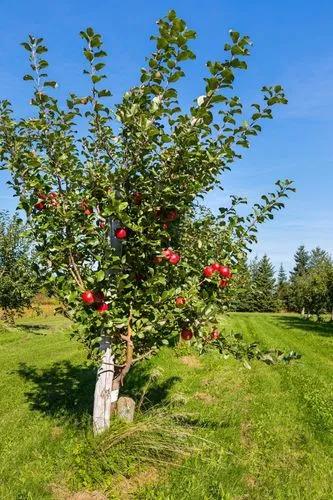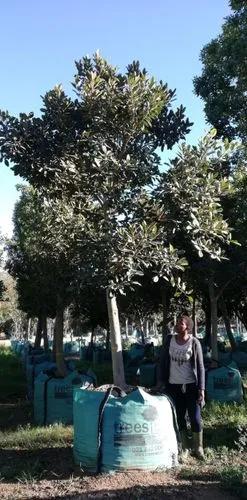Tsuga canadensis, commonly called Canadian hemlock or eastern hemlock, is a dense, pyramidal conifer of the pine family that is native to moist woods, moist slopes, rocky hillsides/ridges, wooded ravines, and stream valleys from eastern Canada south to Maine and Wisconsin and further south in the Appalachian Mountains to Georgia and Alabama. It grows to 40-75’ tall in the wild. This species is noted for having the smallest needles and cones in the genus. Flat sprays of lacy evergreen foliage give this tree a graceful form. Short dark green needles (to 9/16" long) with two white bands beneath are arranged in two opposite rows. Needles are attached to twigs by slender stalks. Small, pendant, short-stalked, seed-bearing cones (to 3/4" long) are tan-brown. Lower branches often dip toward the ground. Thick and ridged bark on mature trees is red-brown to gray-brown. State tree of Pennsylvania. No part of this tree is poisonous. The poisonous hemlocks (Circuta maculata and Conium maculatum) are herbaceous perennials in the parsley family.
Canadian Hemlock Care
Tsuga Canadensis
Other names: Canadian Hemlock, Common Hemlock, Canada Hemlock, Spruce Hemlock, White Hemlock



Tsuga canadensis, also known as eastern hemlock, eastern hemlock-spruce, or Canadian hemlock, and in the French-speaking regions of Canada as pruche du Canada, is a coniferous tree native to eastern North America. It is the state tree of Pennsylvania. The eastern hemlock grows well in shade and is very long lived, with the oldest recorded specimen, found in Tionesta, Pennsylvania, being at least 554 years old. The tree generally reaches heights of about 31 m (102 ft), but exceptional trees have been recorded up to 53 m (174 ft). The diameter of the trunk at breast height is often 1.5 m (4 ft 11 in), but again, outstanding trees have been recorded up to 1.75 m (5 ft 9 in). The trunk is usually straight and monopodial, but very rarely is forked. The crown is broadly conic, while the brownish bark is scaly and deeply fissured, especially with age. The twigs are a yellow-brown in color with darker red-brown pulvini, and are densely pubescent. The buds are ovoid in shape and are very small, measuring only 1.5 to 2.5 mm (0 to 1⁄8 in) in length. These are usually not resinous, but may be slightly so. The leaves are typically 15 to 20 mm (0.59 to 0.79 in) in length, but may be as short as 5 mm (0.20 in) or as long as 25 mm (1 in). They are flattened and are typically distichous, or two-ranked. The bottom of the leaf is glaucous with two broad and clearly visible stomatal bands, while the top is a shiny green to yellow-green in color. The leaf margins are very slightly toothed, especially near the apex. The seed cones are ovoid in shape and typically measure 1.5 to 2.5 cm (5⁄8 to 1 in) in length and 1.0 to 1.5 cm (3⁄8 to 5⁄8 in) in width. The scales are ovate to cuneate in shape and measure 8 to 12 mm (3⁄8 to 1⁄2 in) in length by 7.0 to 10 mm (1⁄4 to 3⁄8 in) in width. The apex is more or less rounded and is often projected outward. Twenty-four diploid chromosomes are present within the trees' DNA. The wood is soft, coarse-grained, and light buff in color. Air-dried, a cubic foot weighs 28 lbs. The lumber is used for general construction and crates. Because of its unusual power of holding spikes, it is also used for railroad ties. Untreated, the wood is not durable if exposed to the elements. As a fuel, it is low in value. The wood is also a source of pulp for paper manufacturing.
How to Care for the Plant

Popularity

476 people already have this plant 46 people have added this plant to their wishlists
Discover more plants with the list below
Popular articles






